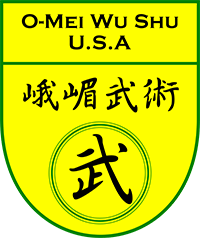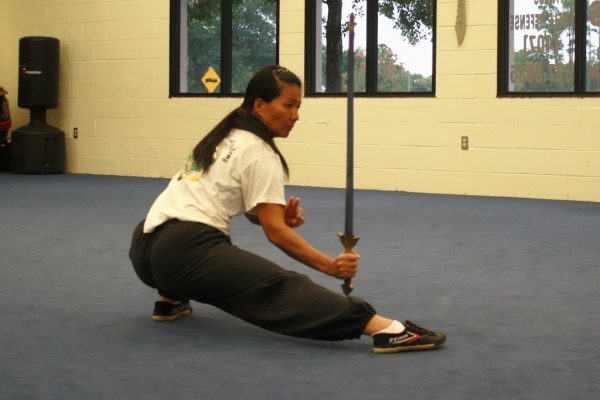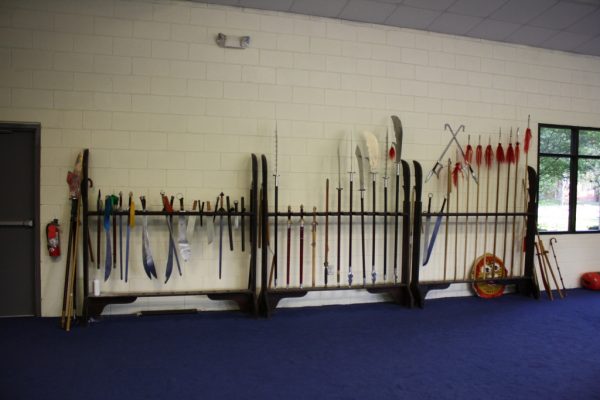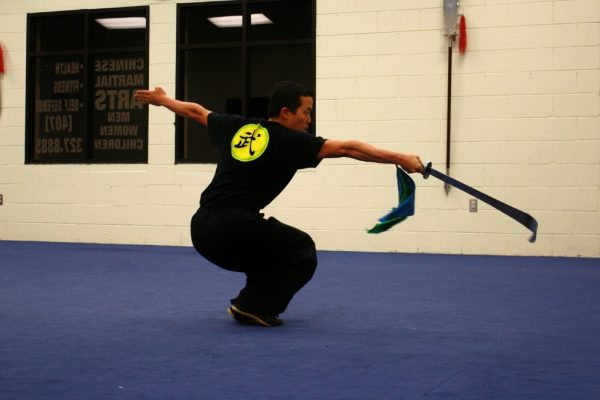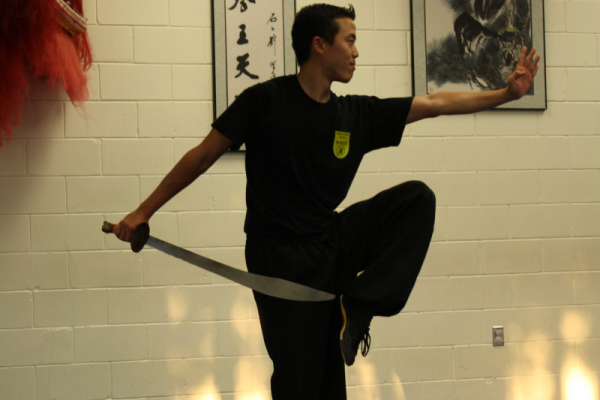Wushu = Chinese Martial Arts
Wushu is the Chinese word for martial arts. “Wu” translates into English as “martial” and “Shu” translates into “art.” The meaning behind the word encompasses everything to do with the art of fighting. It also refers to the moderization of martial arts and the sport version.
What About Kung Fu?
In the west it is more common to use the word Kung Fu to refer to Chinese martial arts. But in China “kung fu” is used to describe the quality behind a given subject. Both “wushu” and “kung fu” are are synonymous. Kung Fu means an art or activity that takes time, energy, and patience. It is also translated as “hard work.” It is used to describe anything of the highest quality. It infers that the given subject has true substance beyond mere surface beauty. It can be used for any subject, cooking, painting, calligraphy, and martial arts.
Training With A Good Foundation:
Warm up, cardiovascular, stretching, and strength training exercises are taught in order to improve skill, stamina, strength, flexibility and overall health. All classes start with warm up and stretching exercises. Beginning students are taught a strong foundation in Chinese martial arts and exercises that will assist them throughout each stage of training development.
Forms:
The majority of classes focus on perfecting forms for self improvement and competition. Forms are a series of choreographed shadowboxing movements that form a set. Forms improve coordination, concentration, cardiovascular stamina, physical strength, and grace. They encompass a wide spectrum of different types of movements:
- Punching and kicking
- Acrobatics, tumbling
- High and low stances
- Running and jumping
